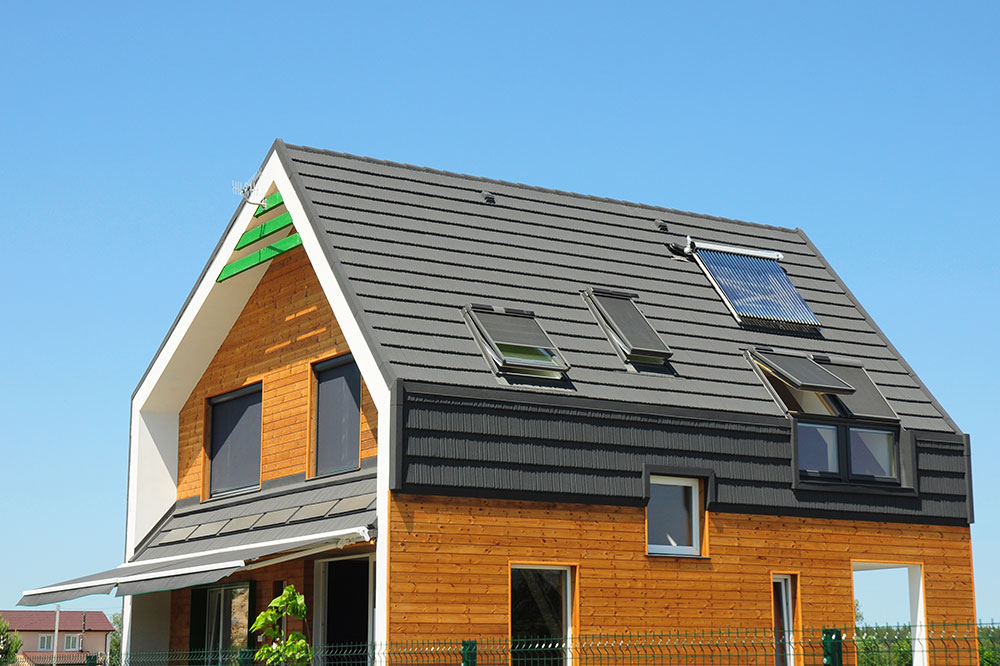Attic Insulation – Types, Benefits, Cost, and Hiring Tips
Insulating your attic is important for maintaining a comfortable temperature in your home during both winter and summer seasons. Moreover, the insulation helps save money on bills that usually stem from heating and cooling systems. However, attic insulation also raises several questions, such as what is the best type, the cost of insulation, and which company to hire for the job. So we’ve addressed all of these factors to help ease the decision-making process.
Types of attic insulation and benefits
There are four common types of attic insulation that you could pick from. Reading about them may help you make a more informed purchase about the best option for your home.

Fiberglass batt insulation
Fiberglass is tiny slivers of glass made from sand and other recycled material. The fiberglass is rolled into batts, which are large, rolled-up sheets, and treated with vapor that works as an adhesive. Using fiberglass batt to insulate the attic has multiple advantages.
The chemicals added to the material help flare-proof the insulation and increase safety.
Since it is made of recycled materials and sand, fiberglass is planet-friendly insulation, which is also considered a renewable energy source.
The composition is sturdy and may not collapse or shrink easily.
This material helps to decrease the noise coming from outside and prevents noise from escaping the home.
Blown-in fiberglass insulation
Blown-in fiberglass is similar to fiberglass batt. However, the installation differs, as the material needs to be blown into the attic with a powerful machine that covers the space.
Blown-in fiberglass installation takes a few hours compared to the earlier method, which may require a couple of days to finish.
Many homeowners prefer this material due to its relatively low cost.
As the fiberglass is blown in, there’s an even distribution, which means there is less manual labor required. It also makes the installation inexpensive.
Blow-in cellulose
Another popular material used in most attics for insulation is cellulose. Cellulose is created with recycled materials, which could include cardboard, wood-based materials, and newspapers. The material is blown-in. The process fills gaps to help keep heating inside and prevent cold air from entering the home. There are various benefits of using blow-in cellulose to insulate the attic.
Cellulose is an environmentally friendly option because it doesn’t require the production of new materials.
Boric acid and other properties help protect the insulation against flames and prevent the spread of fires.
It is said to have a higher R-value than fiberglass, which is the insulation’s ability to resist heat traveling through the material.
Using cellulose may also help reduce wind-washing.
Spray foam insulation
Available in a liquid state, spray foam insulation has grown increasingly popular with time due to a range of benefits.
Once the liquid is sprayed, it thickens and grows until it settles as a durable foam.
Spray foam insulation works well after it settles, making it effective in the short and long term.
Spray foam is an excellent material for energy conservation due to its exceptional R-Value and ability to fill most gaps. Furthermore, there isn’t any vapor barrier created.
Cost of attic insulation
The cost of attic insulation will differ on several factors, including the cost of materials, labor, the size of the attic, and other obstacles that may stem during the job. On average, insulating an attic may cost you between $1 to $7 per square foot or about $1,5000 per insulation project. A smaller attic project may cost about $500, while a bigger space could cost $4,000 or more. If you hire a general contractor, you could expect to pay about $0 per hour, or between $1 and $3 per square foot, depending on the type of insulation material that is installed.
Tips for picking a contractor
Many look for search terms such as the “best insulation companies near me.” But the search engine may churn out many sponsored results that could make the selection process tedious. Therefore, following these tips may help you select the right contractors for the job.
Read reviews
The first tip is to check how the insulation contractor runs the business. An easy way to do this is to look at reviews posted by previous clients on multiple platforms. Reading about earlier customers’ experiences may help you identify a suitable contractor.
Check credentials
It is important to check a contractor’s certifications before letting them work on your home. The lack of credentials could indicate that the individual isn’t a licensed professional and might not be suitable for the job.
Get a written estimate
Contractors may quote a certain amount of time to complete a job. However, it may take longer. Therefore, you need to ask for an estimate in writing. Bear in mind that a contractor who inspects the space first could give you a better estimate where time and money are concerned.
Ask questions
Remember to ask them any questions you have about the insulation project. Communication may also help determine their level of knowledge and their expertise in the field. The questions could be about the type of materials they use to do the job or what would be done in case of complications during the insulation process. You could also inquire about the contractor’s plan in case unexpected damages arise after the project is finished.

